Cruise vacations have come a long way from the days of shuffleboard and bingo. Yet somehow, outdated stereotypes and misconceptions keep floating around like old life preservers that nobody wants to throw overboard. Maybe it’s because dramatic headlines grab more attention than stories about people having a perfectly pleasant week at sea, or perhaps these myths just have more staying power than they deserve.
The truth is, modern cruising bears little resemblance to the stuffy ocean liner experience your grandparents might remember. Today’s ships are floating cities packed with everything from rock climbing walls to cooking classes, catering to everyone from toddlers to retirees.
Here is a list of 18 cruise myths that simply aren’t true anymore.
Cruises Are Only for Older People
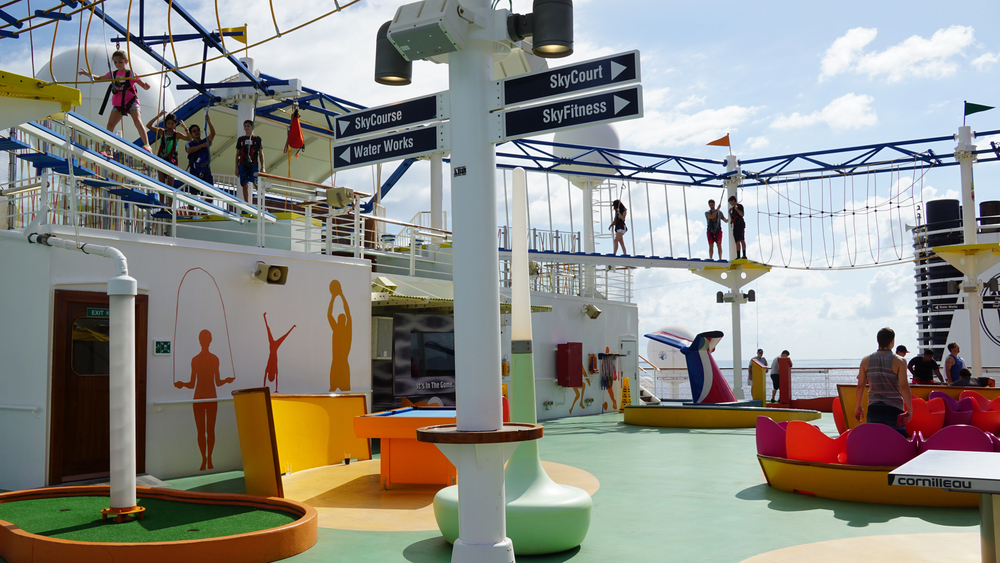
— Photo by sainaniritu
The ‘newlywed and nearly dead’ stereotype might have been accurate decades ago, but today’s cruise demographics tell a completely different story. According to the Cruise Lines International Association, 52% of cruise passengers in 2019 were under 50 years old, and 37% were under 40. Modern cruise lines have worked hard to attract younger crowds with trendy restaurants, nightclubs, adventure excursions, and innovative activities that would make your smartphone-obsessed nephew actually look up from his screen. Ships now feature everything from surf simulators to skydiving simulators, and many cruise lines specifically design ships and itineraries to appeal to millennials and Gen Z travelers.
You’ll Definitely Get Seasick
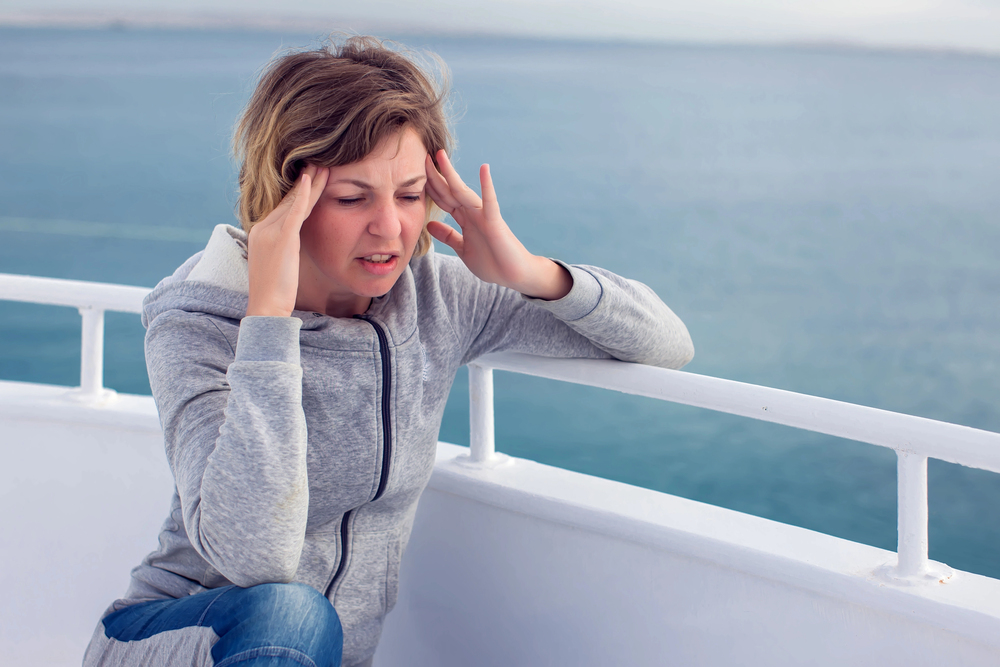
Modern cruise ships are nothing like the small boats that might have made you queasy on that fishing trip. Today’s massive vessels come equipped with sophisticated stabilizers that counteract the ocean’s movement, making the ride surprisingly smooth most of the time. These ships are so large and stable that you might forget you’re even on water — until you look out the window and see endless blue. The risk of seasickness on a cruise is actually much lower than many people think, especially on Caribbean itineraries where the seas tend to be calmer. If you’re still worried, booking a cabin in the middle of the ship on a lower deck will put you at the natural balance point where you’ll feel the least movement.
Cruise Ships Are Unsafe and Dangerous
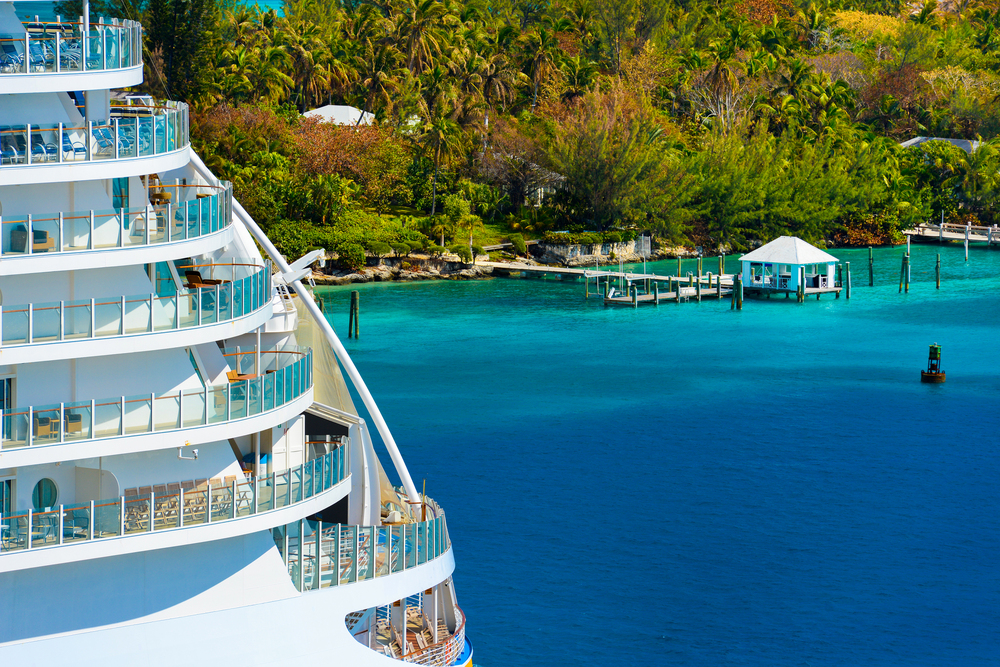
Statistically speaking, cruising is one of the safest forms of vacation travel — safer than flying, and definitely safer than driving to your destination. Ships undergo rigorous safety inspections by the U.S. Coast Guard at least twice yearly, and crew members receive extensive emergency training through mandatory safety drills. Modern vessels have redundant safety systems, including backup navigation bridges, multiple engine rooms, and sophisticated fire protection measures with sprinkler systems throughout. Every ship carries medical facilities staffed with trained professionals, and they’re required to have enough lifeboats and safety equipment to accommodate 125% of everyone on board.
It’s Easy to Fall Overboard
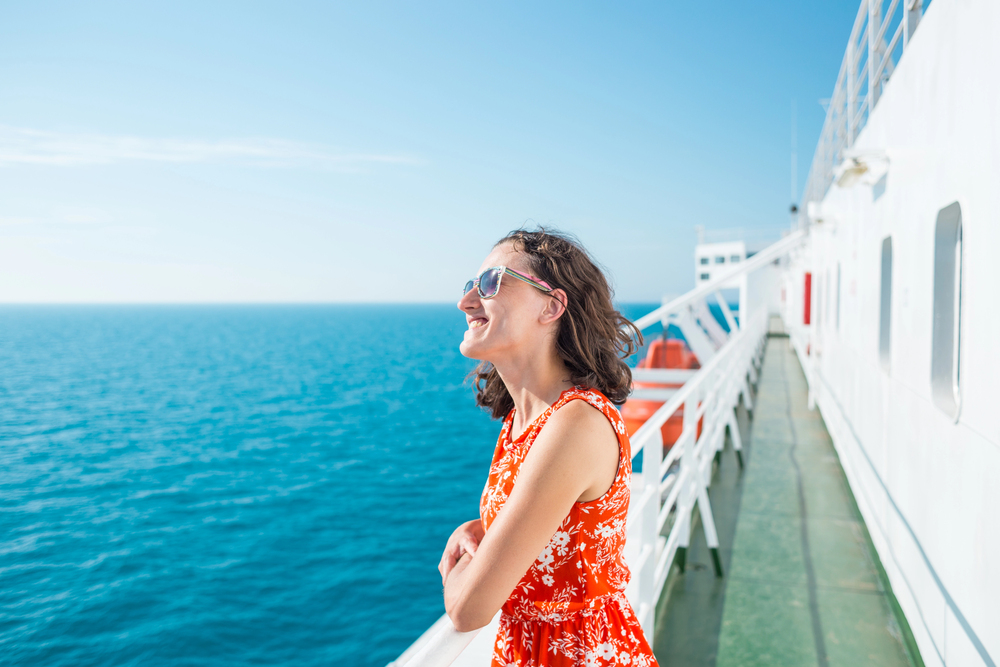
This myth probably gets the most attention thanks to sensationalized headlines, but the reality is quite different. You’d have to really work at it to accidentally fall off a modern cruise ship — the railings are high, the barriers are solid, and safety measures are everywhere. In nearly every reported case, the person either jumped intentionally, was climbing somewhere they shouldn’t have been, or was heavily intoxicated and acting recklessly. The ships are designed with multiple layers of protection, including high plexiglass panels and sturdy railings that make accidental falls essentially impossible. Unless you’re doing something you absolutely shouldn’t be doing, you’re not going to just trip and tumble into the ocean.
Cruises Are Too Expensive
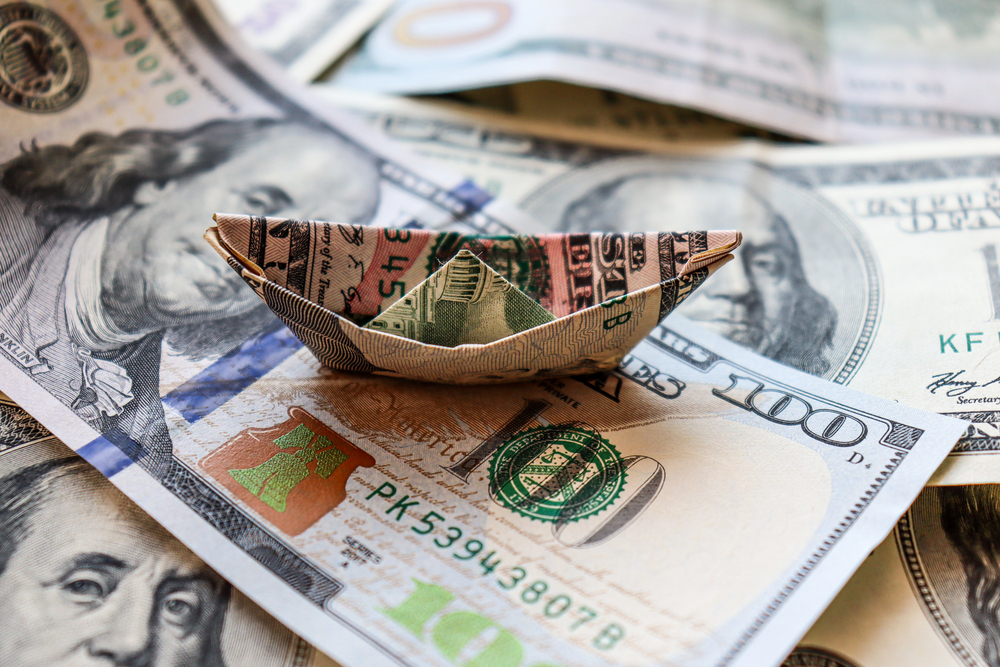
This misconception likely comes from people who don’t realize what’s actually included in the cruise fare. When you factor in accommodations, all your meals, entertainment, transportation between destinations, and access to ship facilities, cruises often cost less per day than staying at a comparable resort on land. You can find cruise deals for around $100 per person per day during off-season periods, which is pretty remarkable considering everything that’s included. The trick is watching those extras — drinks, specialty restaurants, spa treatments, and shore excursions can add up quickly if you’re not careful. But even with some splurges, most cruisers find they spend less than they would on a traditional land-based vacation.
Cruises Are Boring
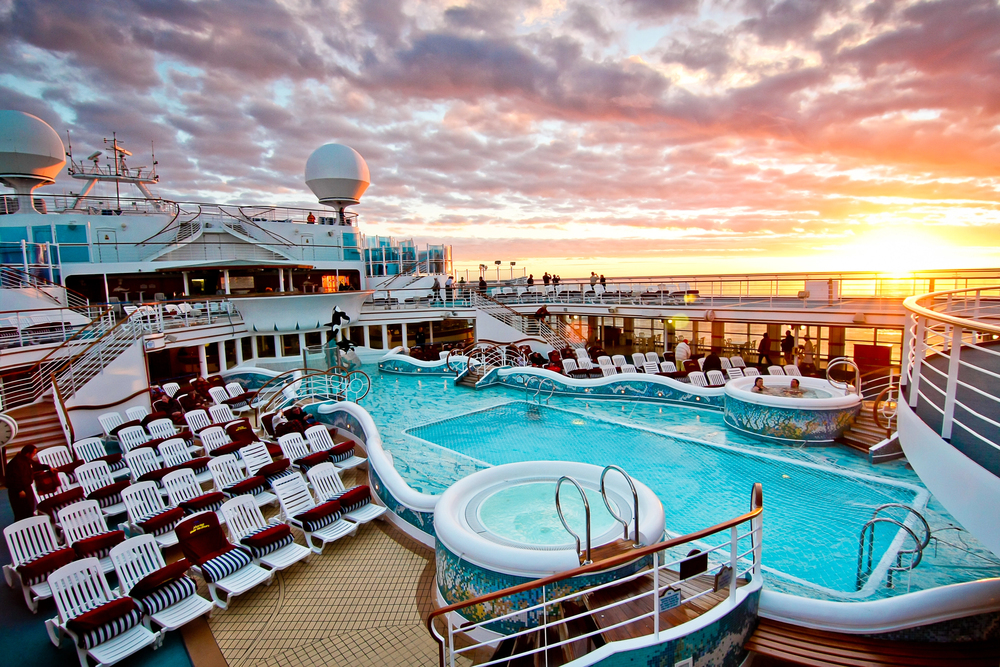
Anyone who thinks cruises are boring clearly hasn’t been on a modern ship lately. Today’s mega-ships are like floating amusement parks with rock climbing walls, zip lines, ice skating rinks, surf simulators, cooking schools, wine tastings, escape rooms, and even skydiving simulators. During the day you might try your hand at the ropes course, catch a cooking demonstration, or join a trivia contest. Evenings bring Broadway-style shows, comedy acts, live music, dance parties, and casino action. Plus, you’re visiting new destinations every few days, so you can explore ancient ruins in the morning and be back on the ship for afternoon poolside relaxation.
You’ll Get Sick from Germs and Norovirus
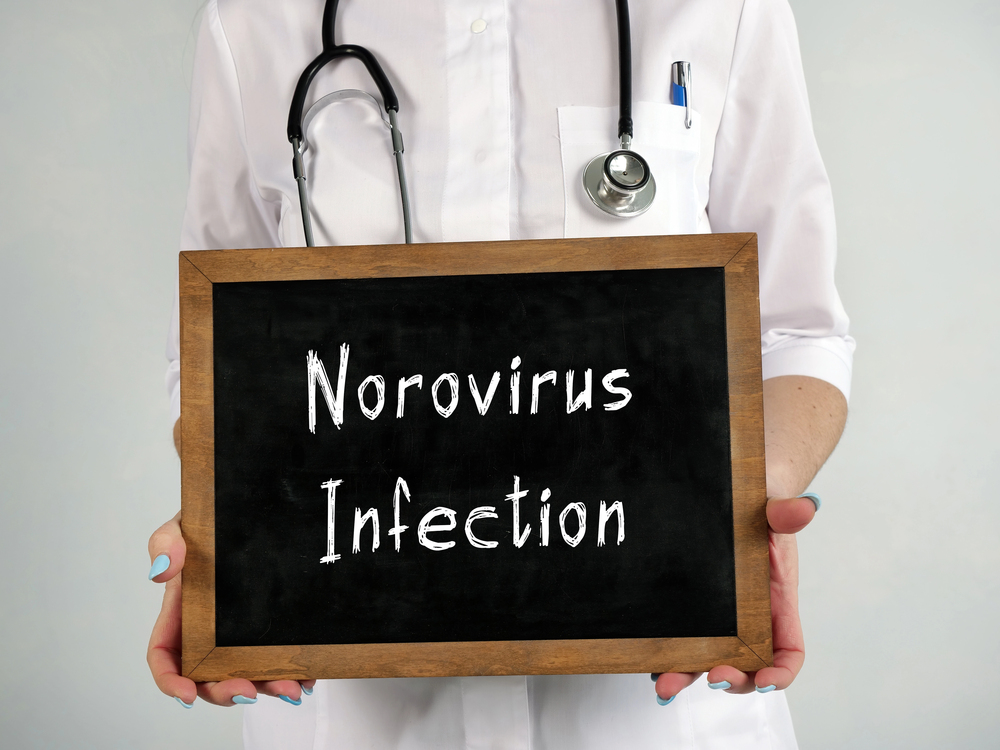
The cruise industry gets unfair attention when it comes to illness outbreaks, but the numbers tell a different story. Your risk of getting norovirus on land is about 1 in 15 each year, while on a cruise it drops to 1 in 5,500. Less than 1% of all norovirus outbreaks actually occur on cruise ships — you’re far more likely to catch something at your local restaurant or office building. Cruise lines have implemented strict sanitation protocols, including health screenings before boarding, frequent hand sanitizing stations, and enhanced cleaning procedures. Ships also have medical facilities and staff on board to handle any health issues that might arise.
Cruise Ships Are Overcrowded
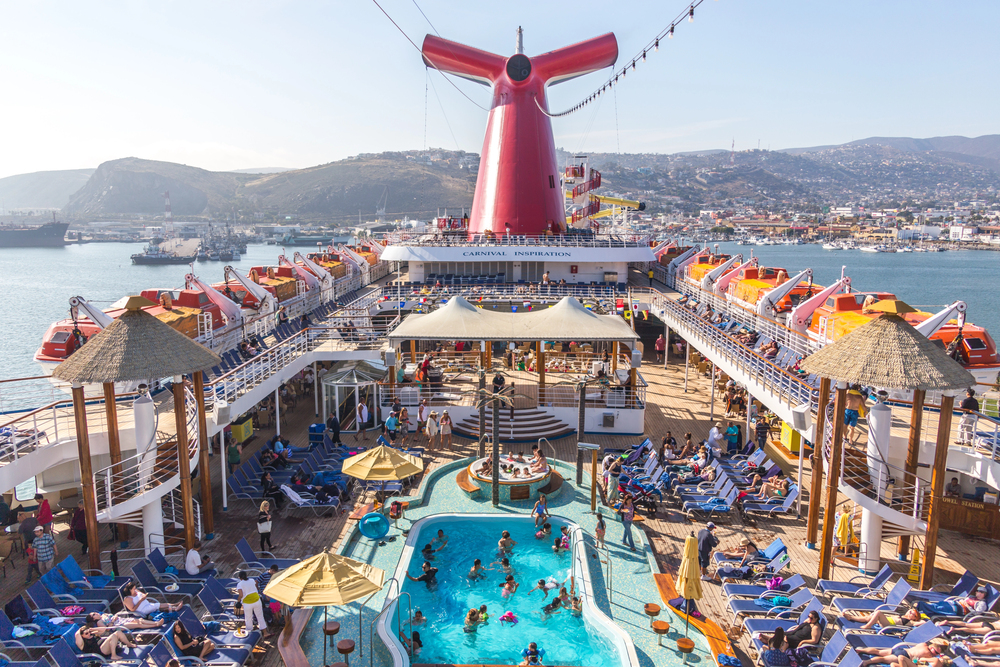
— Photo by mariakray
While it’s true that the largest ships can carry thousands of passengers, these floating cities are designed to handle those numbers without feeling cramped. The newest ships prioritize open spaces, with multiple pool areas, spacious decks, and numerous venues spread across many floors. You’re not all squeezed into the same small space — people naturally spread out among the various restaurants, lounges, entertainment venues, and deck areas. Many ships also offer adult-only sections and premium areas for those who want extra space and tranquility. Plus, with port stops every few days, a good portion of passengers are off exploring destinations, leaving more room for those who prefer to stay aboard.
You’ll Gain Weight on Cruises
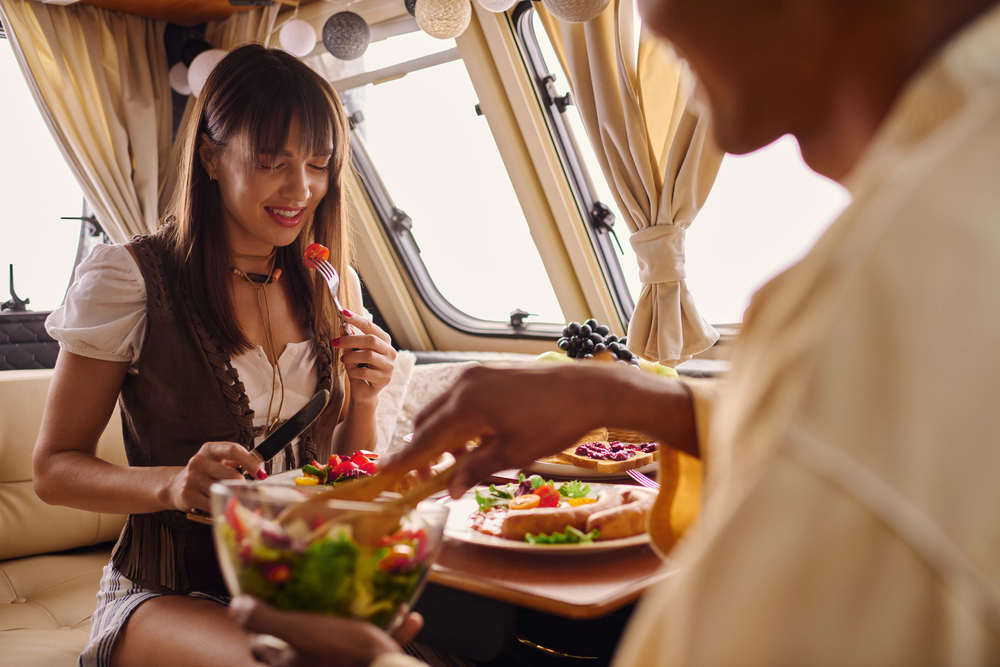
Yes, cruise ships are famous for their abundant food options, but that doesn’t mean you have to come home needing a bigger wardrobe. Modern cruise lines understand that many passengers are health-conscious, so they offer plenty of low-calorie, vegetarian, and healthy menu options alongside the indulgent treats. Ships also have fitness centers, jogging tracks, yoga classes, dance lessons, and swimming pools to help you stay active. You can easily walk several miles just getting around the ship each day, and shore excursions often involve plenty of physical activity like hiking, snorkeling, or exploring on foot.
Cabins Are Claustrophobic
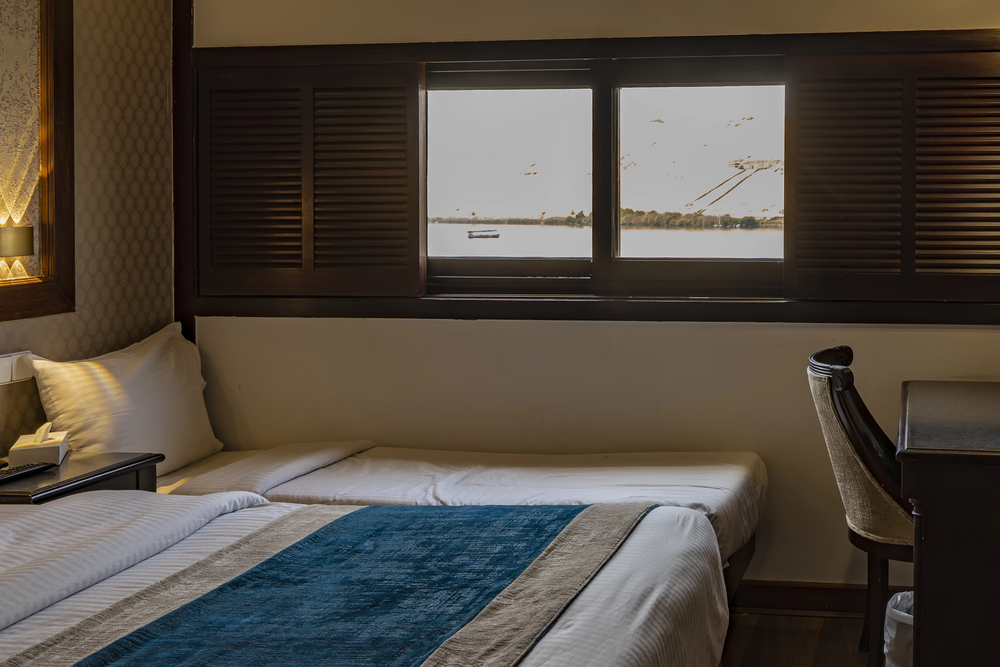
Interior cabins can be cozy, but remember that you’re not spending much time in your room anyway. Most passengers use their cabin primarily for sleeping and getting ready, spending their days exploring the ship and destinations. Many newer ships offer virtual balconies in interior cabins — large screens showing real-time ocean views that make the space feel larger and more connected to the outside. If space is really important to you, balcony cabins provide private outdoor areas where you can enjoy ocean views and fresh air. Even the smallest cruise ship cabin typically offers more storage and amenities than most hotel rooms.
Cruises Are Bad for the Environment
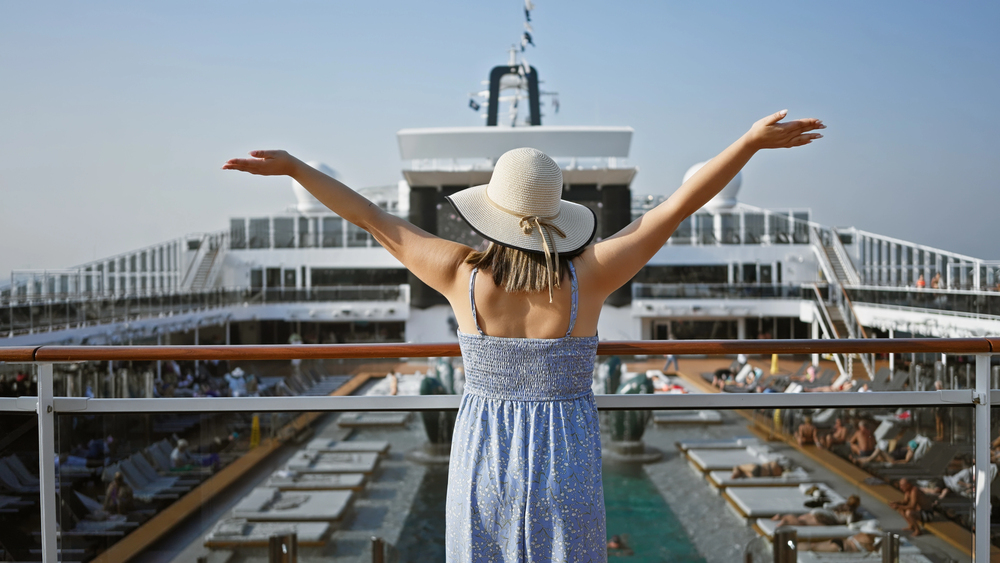
While the cruise industry certainly has room for improvement environmentally, major cruise lines have made significant commitments to reducing their impact. All major lines have pledged to reach net-zero carbon emissions by 2050, and newer ships are being built with cleaner technologies like liquefied natural gas engines and advanced wastewater treatment systems. Ships now use smokestack scrubbers to filter exhaust emissions, have eliminated most single-use plastics, and have reduced food waste through better portion control and donation programs. The industry is also investing in shore power capabilities, allowing ships to plug into local electrical grids while in port instead of running their engines.
You’re Trapped at Sea with Nothing to Do
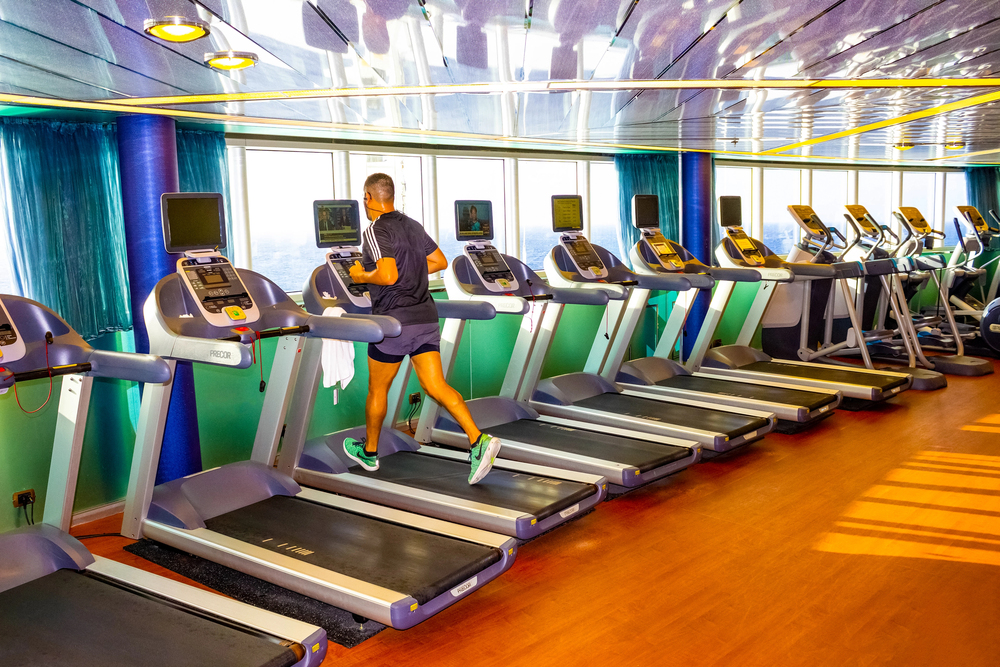
— Photo by Marina113
This myth probably comes from people who’ve never seen a modern cruise ship’s daily schedule. Sea days are often passengers’ favorite parts of the cruise because there’s so much happening on board. You might start with a morning workout class, attend a cooking demonstration, try the rock climbing wall, catch a lecture, enjoy lunch by the pool, play some mini golf, attend a wine tasting, see an afternoon show, and then choose between multiple evening entertainment options. The ships are designed to be destinations themselves, with so many activities that you’ll probably wish you had more sea days to enjoy everything the ship offers.
Formal Nights Require Fancy Ball Gowns
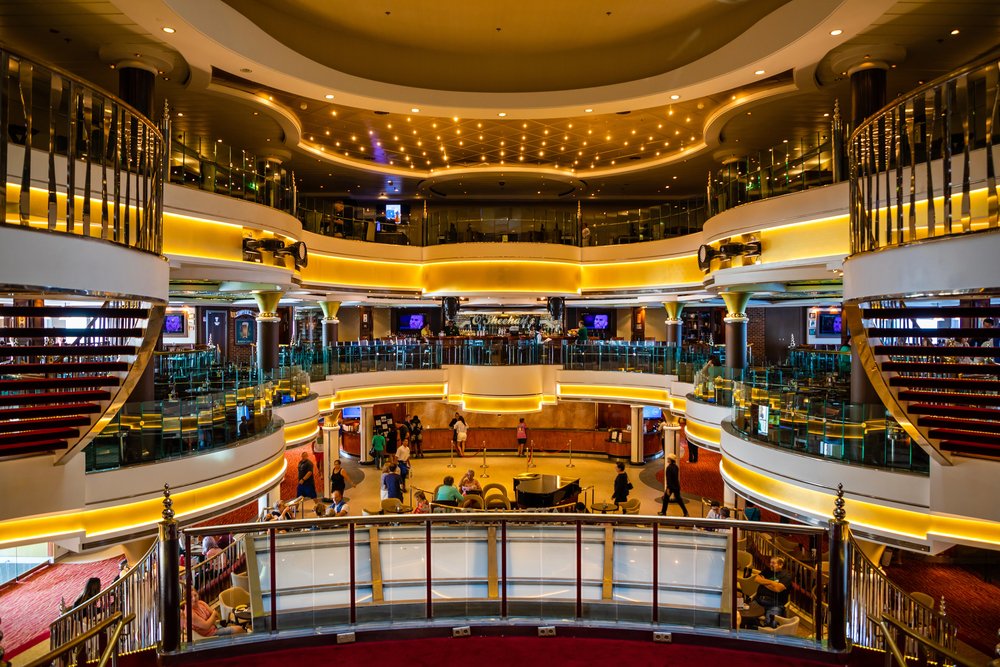
— Photo by DTatiana
Cruise formal nights have become much more relaxed over the years. Most cruise lines now call them ‘elegant nights’ and encourage passengers to dress up without requiring black-tie attire. Men typically wear dress shirts with slacks or suits, while women might choose a nice dress, dressy pants with a blouse, or a skirt and top. You don’t need to pack a tuxedo or evening gown unless you want to. Many passengers treat it as a fun opportunity to take nice photos, but if you prefer casual dining, there are always alternative restaurants available where you can eat comfortably in regular clothes.
Cruises Aren’t Good Value
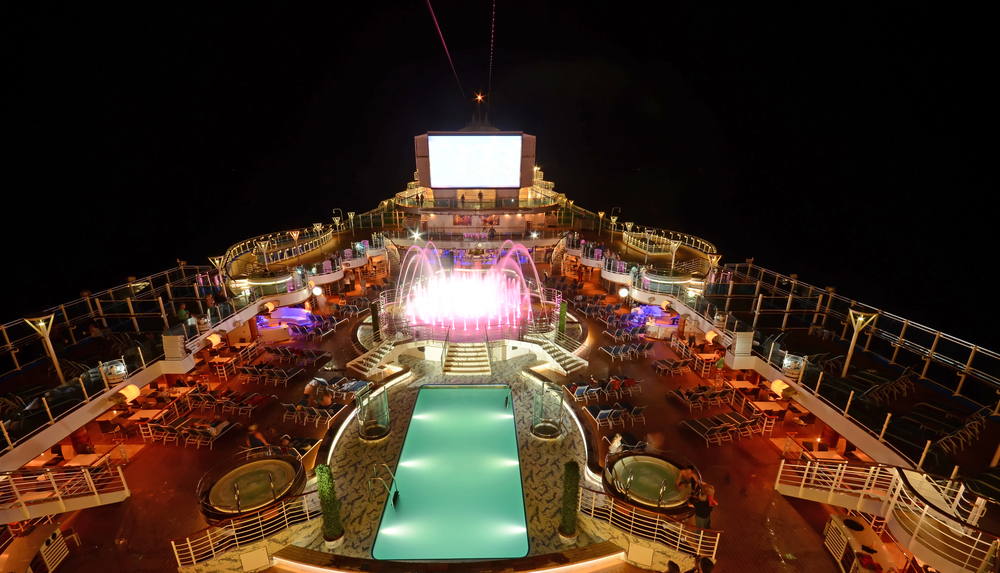
When you break down what’s included in your cruise fare, the value becomes pretty clear. Your accommodation, meals, entertainment, transportation between destinations, and access to ship facilities are all bundled into one price. Try pricing out a week at a resort with three meals a day, nightly entertainment, and daily excursions to different locations — you’ll quickly see why cruising is considered such a good deal. Even luxury cruises often provide better value than comparable land-based resorts when you consider everything that’s included. The key is understanding what’s covered and budgeting appropriately for extras.
All Cruises Are the Same
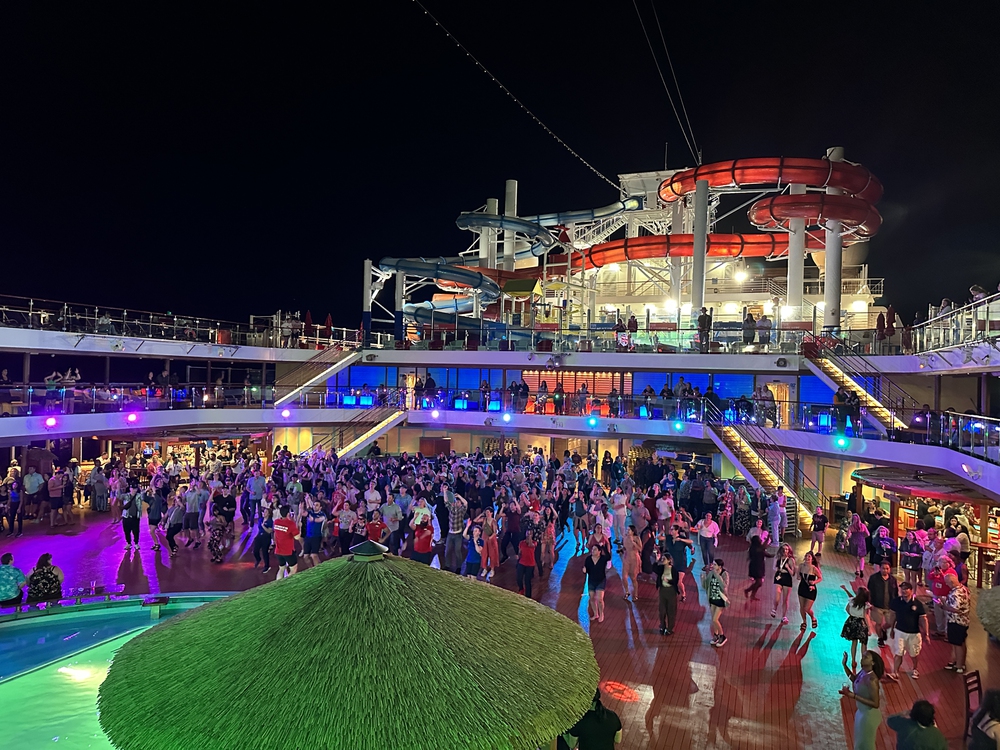
— Photo by sainaniritu
Cruise lines work hard to differentiate themselves because they know different travelers want different experiences. Carnival appeals to families and younger crowds with a fun, casual atmosphere, while Celebrity and Holland America cater to more sophisticated tastes with upscale dining and cultural enrichment programs. Viking focuses on destination-focused cruising for adults, while Disney creates magical experiences for families. Ship sizes vary dramatically too — from intimate vessels carrying fewer than 100 guests to massive ships accommodating over 5,000 passengers. The destinations, itineraries, onboard activities, and overall atmosphere can be completely different depending on which cruise line and ship you choose.
You Have to Eat with Strangers
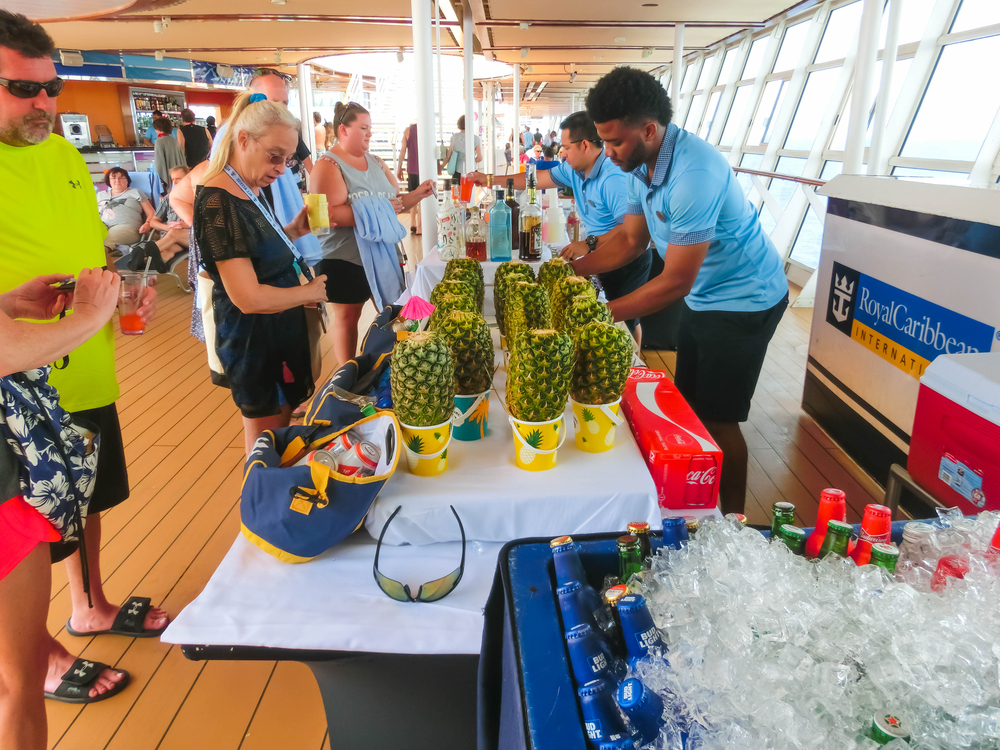
Gone are the days when cruise passengers were automatically assigned to large tables with random people. Most modern cruise lines offer flexible dining options, allowing you to eat when you want and with whom you want. You can make reservations for just your party at various restaurants, grab casual meals at buffets, order room service, or choose specialty dining venues. Some ships still offer traditional fixed dining times with assigned seating, but even then, you can usually request to dine alone or with just your travel companions. Many cruisers actually enjoy meeting new people at dinner, but it’s completely optional.
There’s Nothing for Men to Do
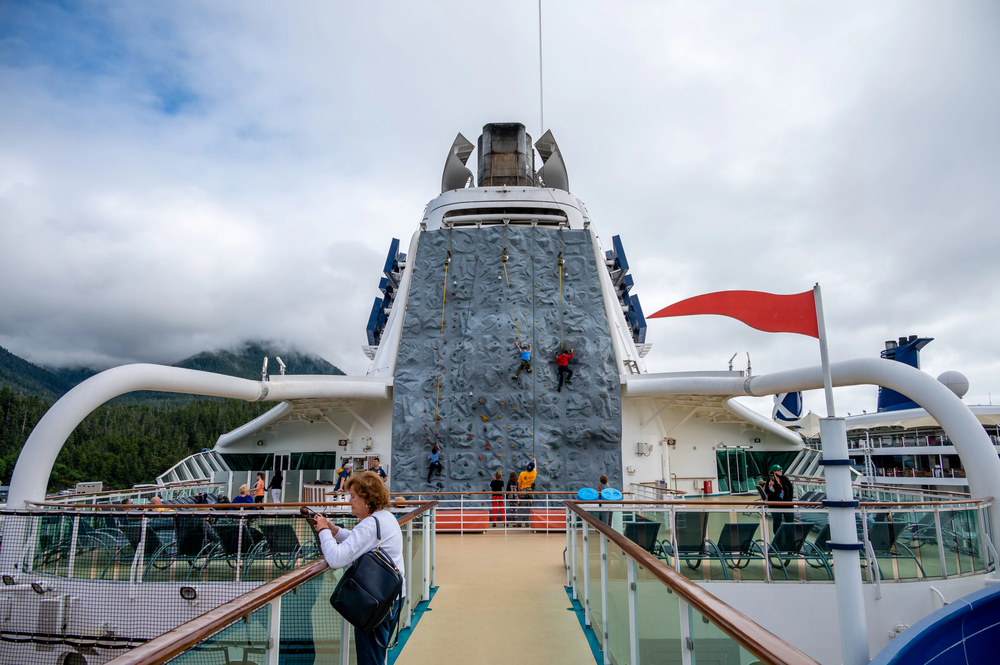
This stereotype probably comes from the perception that cruises are all about spas and shopping, but modern ships offer plenty of activities that appeal to men. You’ll find sports bars, steakhouses, whiskey tastings, poker tournaments, golf simulators, basketball courts, and adventure shore excursions like deep-sea fishing or ATV tours. Many ships have extensive sports facilities, including rock climbing walls, surf simulators, and even go-kart tracks. The casino offers blackjack and poker, while shore excursions might include activities like helicopter tours, scuba diving, or hiking through national parks.
Cruise Ships Have Inadequate Safety Equipment
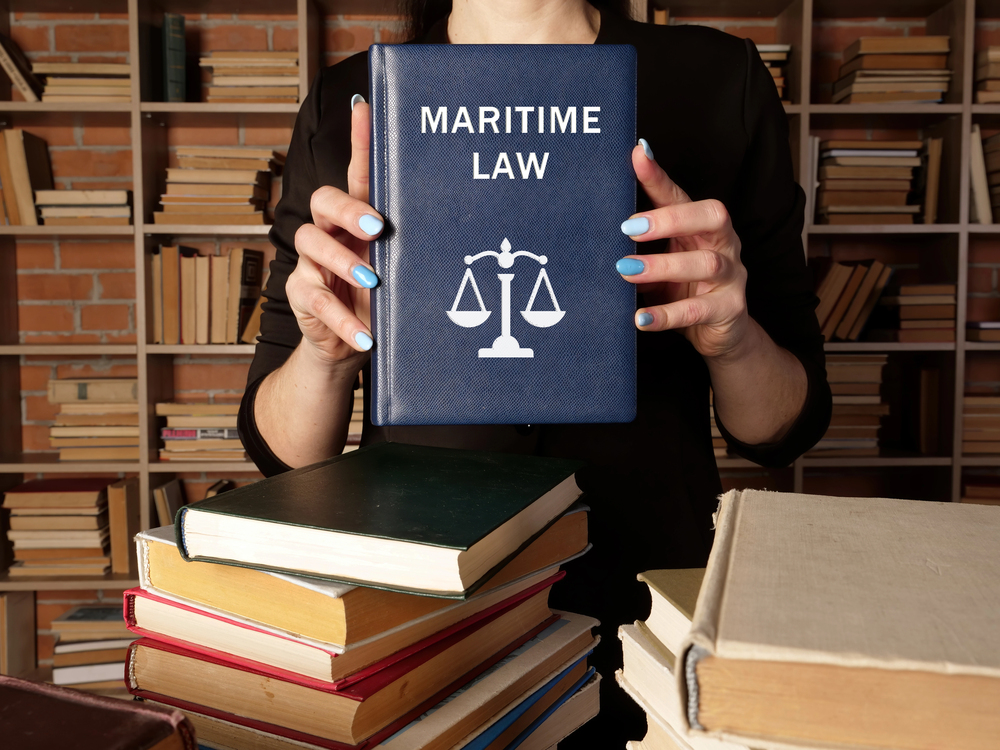
International maritime law requires cruise ships to carry safety equipment for 125% of their maximum capacity, meaning there are more than enough lifeboats, life rafts, and life jackets for everyone on board. Ships must also meet rigorous safety standards set by organizations like the International Maritime Organization, and they’re subject to regular inspections by multiple agencies. All passengers participate in mandatory safety drills before the ship leaves port, and crew members receive extensive emergency training. Modern ships have advanced navigation systems, radar, GPS tracking, and communication equipment that far exceeds what was available even a decade ago.
The Industry Today
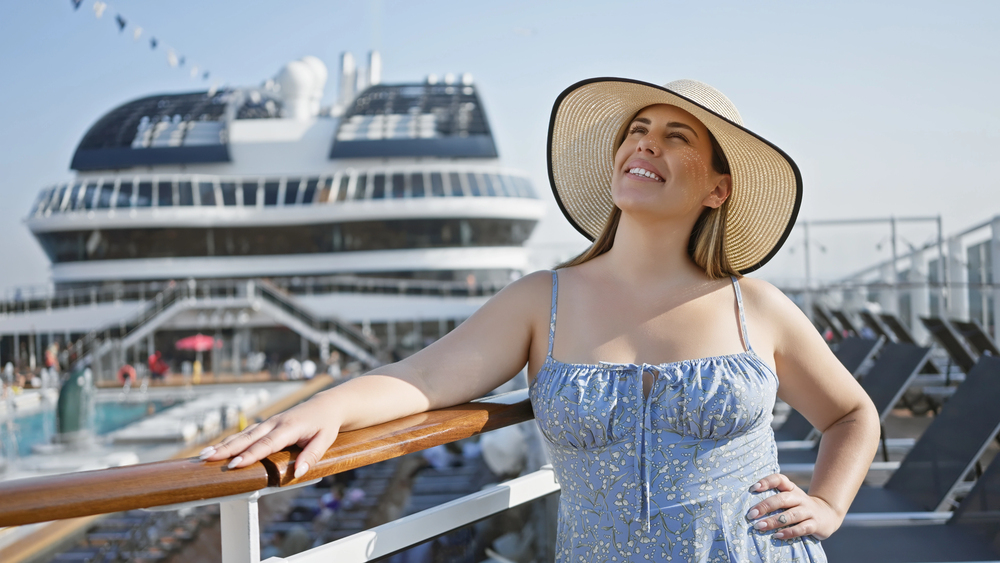
Modern cruising has evolved into a sophisticated vacation option that offers something for virtually every type of traveler. The industry has responded to passenger feedback and changing expectations by improving safety standards, expanding dining options, adding innovative activities, and creating more flexible experiences. While some myths persist from earlier eras of cruising, today’s reality is far different from these outdated perceptions. Whether you’re looking for adventure, relaxation, cultural enrichment, or family fun, there’s likely a cruise experience designed specifically for your preferences and budget.
More from Travel Pug

- 20 Best Beach Towns in the Carolinas
- 13 Destinations Where Tourists Regularly Regret Their Trip
- 20 Things You Actually Get in First Class
- 20 Small Airports With Aviation Museums
- 20 Places in the U.S. That Are Perfect for a Reset Trip
Like Travel Pug’s content? Follow us on MSN.
